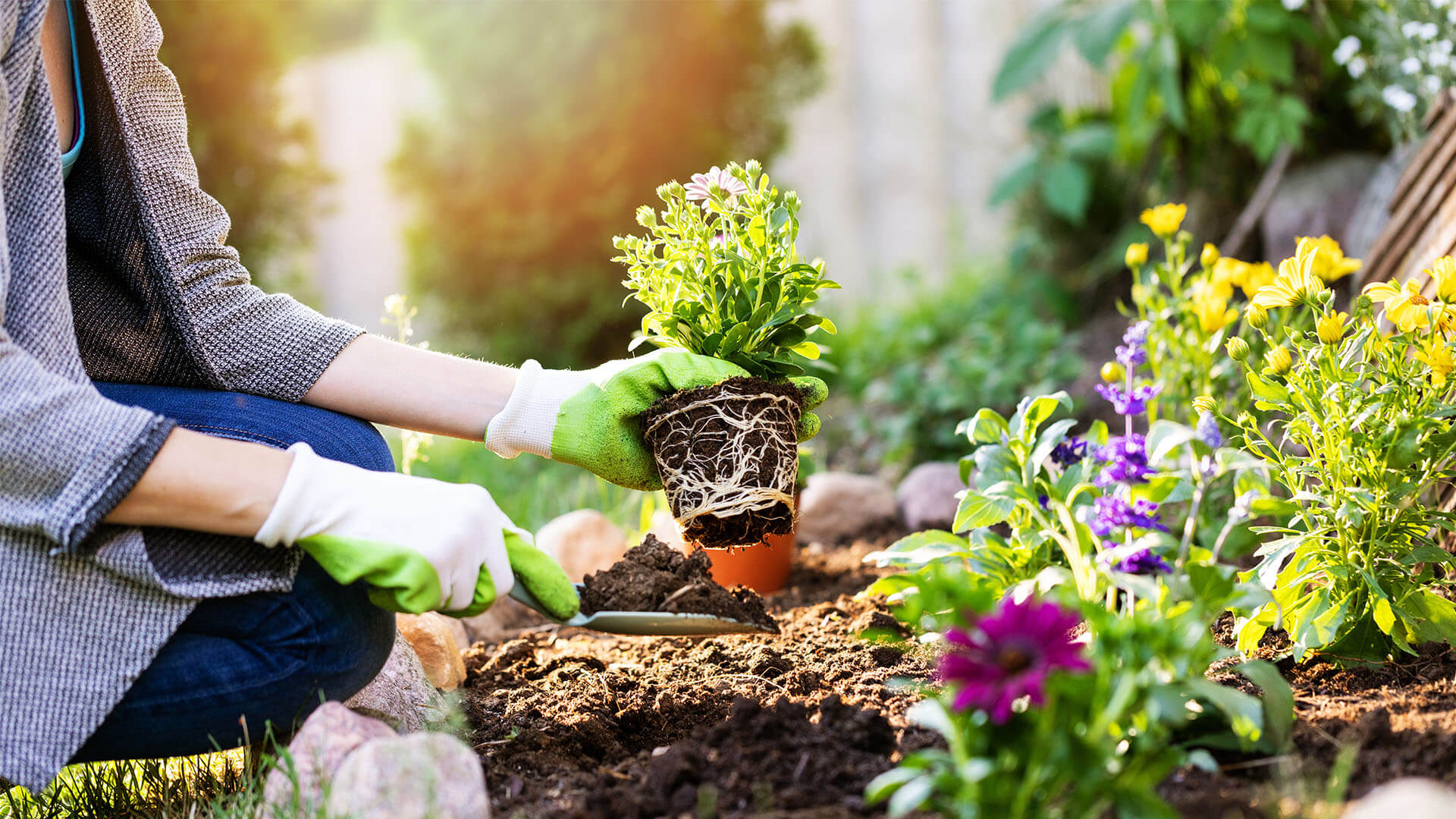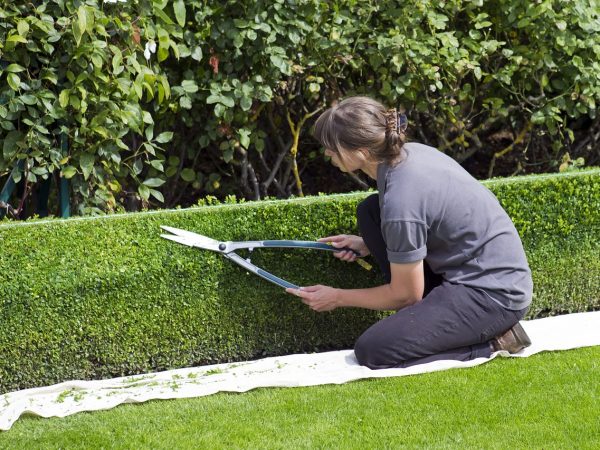Title: Taming the Wild: A Guide to Killing Brambles
Introduction Brambles, with their thorny stems and invasive nature, can quickly turn a garden or landscape into a tangled mess. These resilient plants, including blackberries and raspberries, often require deliberate efforts to control and eliminate. In this guide, we’ll explore effective methods for killing brambles and reclaiming your outdoor space.
Understanding Brambles Before diving into eradication methods, it’s essential to understand the characteristics of brambles. Brambles are vigorous growers, capable of spreading rapidly through seeds and underground rhizomes. Their thorns serve as a defense mechanism, making them challenging to handle without proper protection. Brambles thrive in a variety of environments, from open fields to neglected corners of gardens, often outcompeting native vegetation.
Assessing the Infestation The first step in tackling a bramble problem is assessing the extent of the infestation. Walk through the affected area and identify all patches of brambles. Note their size, density, and proximity to desirable plants or structures. This assessment will help determine the most appropriate approach for eradication.
Manual Removal For small infestations or areas with easy access, manual removal can be effective. Equip yourself with thick gloves, long sleeves, and sturdy pruners or loppers. Carefully cut back the bramble stems to ground level, taking care to avoid injury from thorns. Dig out the roots as much as possible, ensuring to remove all traces of the plant. Dispose of the plant material responsibly to prevent regrowth.
Chemical Control In cases of widespread infestation or challenging terrain, chemical control may be necessary. Selective herbicides containing glyphosate or triclopyr are effective against brambles while minimizing harm to surrounding vegetation. Follow the manufacturer’s instructions carefully, applying the herbicide directly to the foliage or stems of the brambles. Be cautious to avoid drift onto desirable plants and take appropriate safety precautions when handling chemicals.
Smothering Another non-chemical approach to killing brambles is smothering. This method involves covering the bramble-infested area with a thick layer of mulch or landscaping fabric to deprive the plants of sunlight and prevent regrowth. Over time, the lack of light and nutrients will weaken and kill the brambles. This method is most effective for small to medium-sized patches and may require several months to achieve complete eradication.
Repeated Cutting Even after initial removal or treatment, brambles may attempt to regrow from remaining roots or seeds in the soil. To prevent regrowth, adopt a strategy of repeated cutting. Regularly monitor the area for any signs of new growth and promptly cut back any emerging shoots. Consistent diligence is key to preventing brambles from re-establishing themselves.
Preventative Measures Once you’ve successfully eradicated brambles from your property, take proactive measures to prevent future infestations. Regularly inspect your garden or landscape for any signs of bramble growth and address them promptly. Maintain healthy soil and encourage the growth of desirable plants to outcompete any potential invaders. Additionally, consider installing barriers or edging to prevent brambles from encroaching from neighboring properties.
Conclusion Killing brambles requires a combination of patience, persistence, and the right techniques. Whether through manual removal, chemical control, smothering, or a combination of methods, reclaiming your outdoor space from these invasive plants is achievable with the proper approach. By understanding brambles’ growth habits and implementing effective eradication strategies, you can restore balance to your garden or landscape and enjoy a thriving, bramble-free environment.
This article is provided by https://www.goodgardn.co.uk/blogs/kill-brambles



